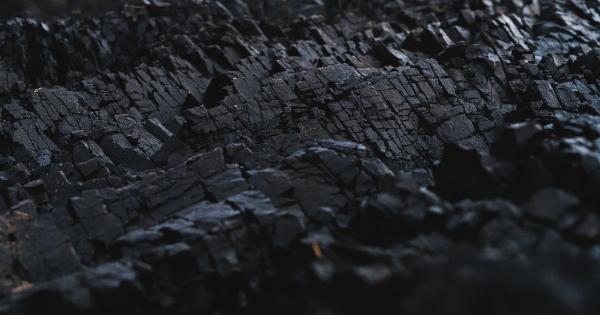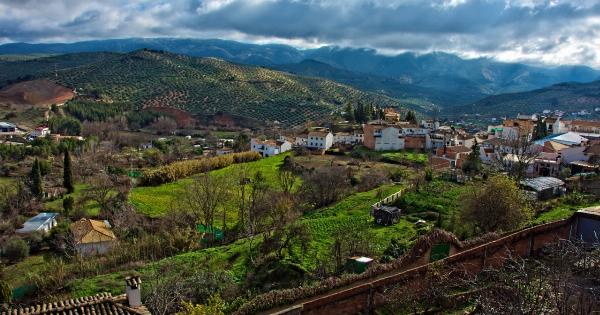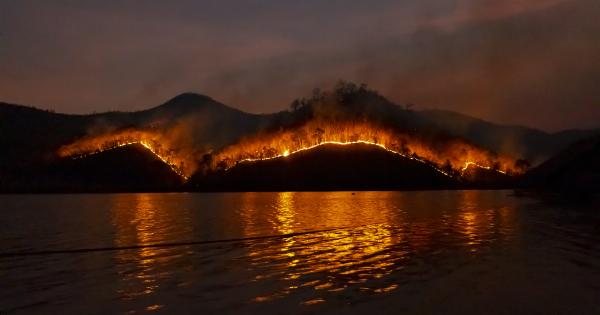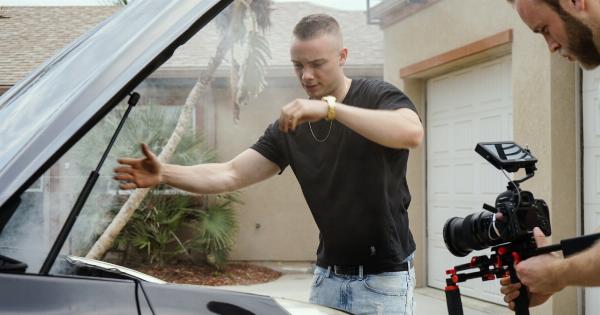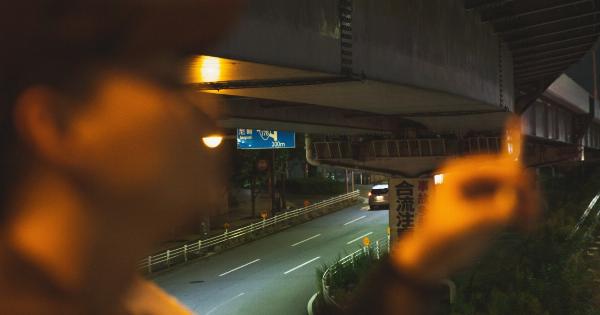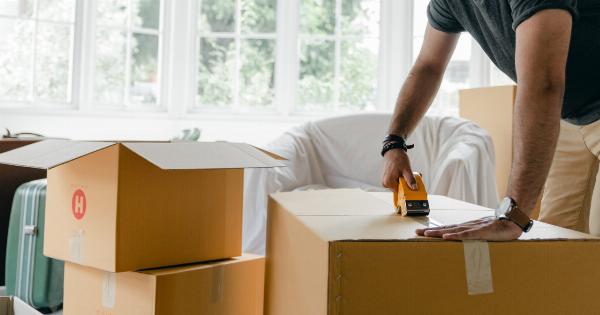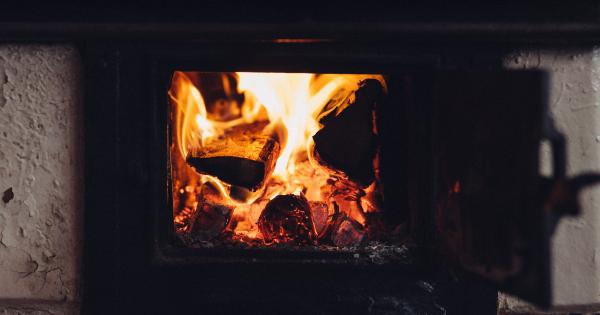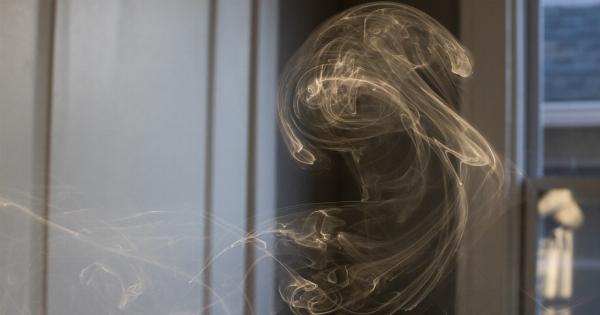Carbon monoxide (CO) is a toxic gas that is colorless, odorless, and tasteless. It is often called the “silent killer” because it can cause death without any warning signs.
CO is produced by the incomplete combustion of fuels such as wood, gasoline, natural gas, propane, and oil. In homes, CO can be emitted by gas stoves, furnaces, water heaters, fireplaces, and generators.
How Carbon Monoxide Affects the Body
When CO is inhaled, it enters the bloodstream and binds to hemoglobin, the protein in red blood cells that carries oxygen to the body’s tissues.
The problem is that CO binds to hemoglobin about 200 times more effectively than oxygen, which means that once CO is in the bloodstream, it prevents oxygen from reaching the body’s tissues. This can cause tissue damage and lead to symptoms such as:.
- Headaches
- Dizziness
- Nausea
- Fatigue
- Shortness of breath
If CO exposure continues, it can lead to unconsciousness and even death. People who are sleeping or intoxicated can die from CO poisoning before experiencing any symptoms.
Preventing Carbon Monoxide Exposure
The good news is that there are several steps you can take to prevent CO exposure in your home:.
- Have your heating system, water heater, and any other gas, oil, or coal-burning appliances serviced by a qualified technician every year.
- Install battery-operated CO alarms or plug-in CO alarms with battery backup in your home. You should have one on every level of your home and one in or near each sleeping area.
- Don’t use charcoal or gas grills inside your home or garage, even if the doors are open.
- Don’t use a gas oven to heat your home.
- Don’t leave your car running in an attached garage.
What to Do If You Suspect Carbon Monoxide Poisoning
If you suspect that you or someone else in your home is experiencing CO poisoning, you should take the following steps:.
- Get fresh air immediately. Open windows and doors, turn off any appliances that may be releasing CO, and leave the area.
- If you or someone else is experiencing symptoms, call 911 or go to the emergency room. CO poisoning is a medical emergency.
- If you suspect that you have a CO leak in your home, call a qualified technician to come and inspect your appliances.
Conclusion
Carbon monoxide is a serious and potentially deadly gas that can be present in your home without any warning signs. Fortunately, there are steps you can take to prevent exposure and protect yourself and your family.
Be sure to have your appliances serviced every year, install CO alarms in your home, and never use outdoor grills or gas ovens inside your home. If you suspect that you or someone else is experiencing CO poisoning, get fresh air and seek medical attention immediately.



